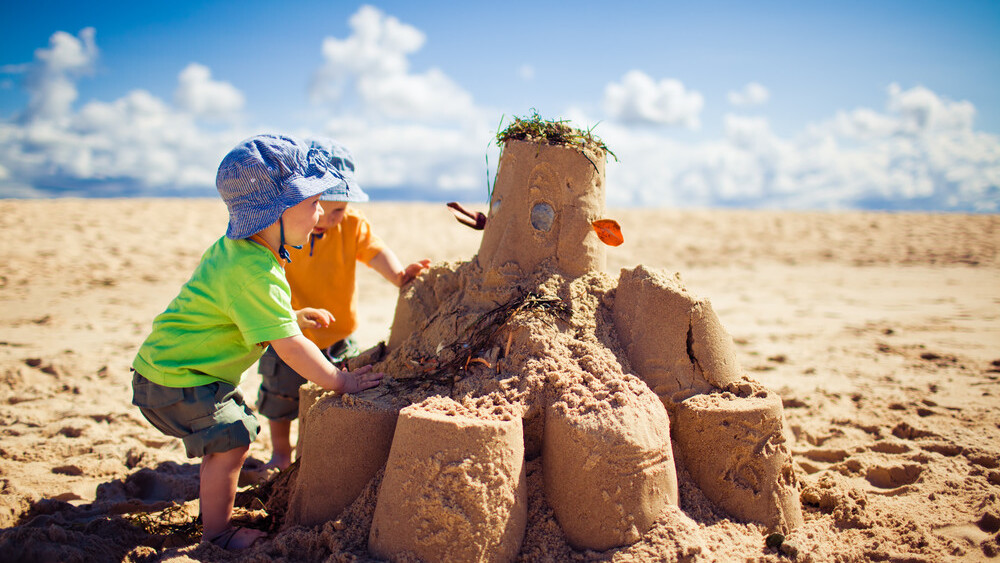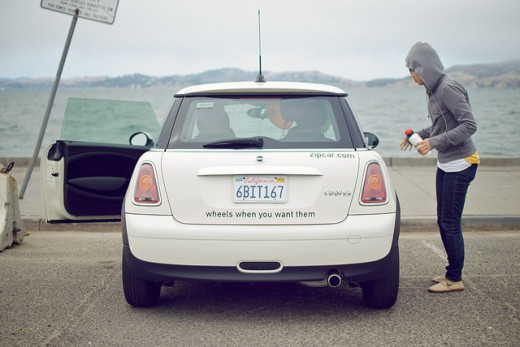
It was a quiet, cool night in NYC when Rani and Reme set off for an evening stroll through the park on the way to dinner. Reme noticed that Rani wasn’t quite himself, but wasn’t sure that something was up until someone walked up and handed her a rose. Confused, they strolled on, then a second person did the same, followed by a third, a fourth, and a fifth until she was surrounded by roses and people dancing and singing “Will You Marry Me?” She turned around and broke into tears. Rani was waiting on one knee.
This entire experience — bringing together a seemingly spontaneous collection of strangers — was organized through an online community called Flash Mob America, one of many amazing companies leading the collaborative movement online today. But let’s backtrack for a moment.
Since the invention of the Web, things that were traditionally done offline have moved online. We can shop, read, do our taxes, manage our bank accounts, run a business, plan vacations, and so on and so on. The world has become smaller as we develop the ability to communicate and connect on a deeper level with people, regardless of location. Technology has certainly taken many experiences out of the “real world” and into the computer screen.
But is this a negative aspect of modern society? In one sense, we started to become so amazed by the things we could do online that we sometimes failed to see all the incredible people and opportunities that existed in our own neighborhoods.
But then technology started to pay back its dues to the real world. Now, more than ever, technology is enhancing our ability to connect and collaborate in our real-life, local communities — improving our lifestyles and the lives of our neighbors.
Welcome to the very real-world collaborative movement.
Today, we collaborate using technology to share information that impacts our decisions offline. And we collaborate to consume, we collaborate to entertain ourselves, we collaborate for experiences, for learning, for exercise, for causes, for experiments, for business… for living. Some technologies have been around for a while. Others have only recently been developed.

Here are some examples:
- Need a ride somewhere? Try Zimride or SideCar SF to get a ride from a neighbor.
- Need a task completed? Try Taskrabbit, Done or Exec where people nearby can help out.
- Need to borrow something? Try Snapgoods or Neighborgoods to borrow or rent from others.
- Looking to safely buy or sell goods or services locally? Use yardsellr or Zaarly (my employer).
- Want to see how busy the bar is tonight? Try Localmind.
- Need a babysitter? Try out Sittercity.
- Want to learn or teach something? Skillshare lets people teach people.
- Looking for a place to stay for a few nights? Airbnb it to find local people renting out rooms and homes.
- Need a place for your dog to stay? Try Rover or Dog Vacay and someone will watch your dog for you.
- Want to help fund your favorite local businesses? Smallknot and Lucky Ant are working on it.
- See something wrong in your neighborhood? SeeClickFix to let your community and local government know.
The list goes on, and it’s growing every day.
People are naturally collaborative. It’s a defining factor that separates humans from other species. It’s how civilizations were built. So when advances in technology make new forms of collaboration possible, we naturally embrace it.
Technology has always been focused on improving our lives, but more recently, technology has made real-time, location-based collaboration possible. Specifically, mobile technology now allows us to interact with online communities from anywhere at any time. It has allowed us to experience the world around us not only through our own knowledge and resources, but through the knowledge and resources of the people around us.
Think about what the world could look like as collaborative technology continues to grow. What will the world look like when you can rely on normal human beings instead of big businesses to provide you with what you need? Not only will the economy be more efficient, but our lives will be enriched because we’re connecting with real people who are all part of one global, collaborative community.
It’s one thing to be able to Tweet at someone in France, but when I can go and stay in someone’s home using Airbnb, find the most exciting places using a friend of a friend’s Foursquare tips, interact with the locals using Meetup and share my skills using Zaarly or Skillshare… that’s a world I’m proud to live in. A world without “strangers.”
And we’ve only just barely scratched the surface of what technology can do to bring people closer together and improve our offline lives through collaboration.
Together, we will thrive.
Martin Valigursky via shutterstock
Get the TNW newsletter
Get the most important tech news in your inbox each week.






